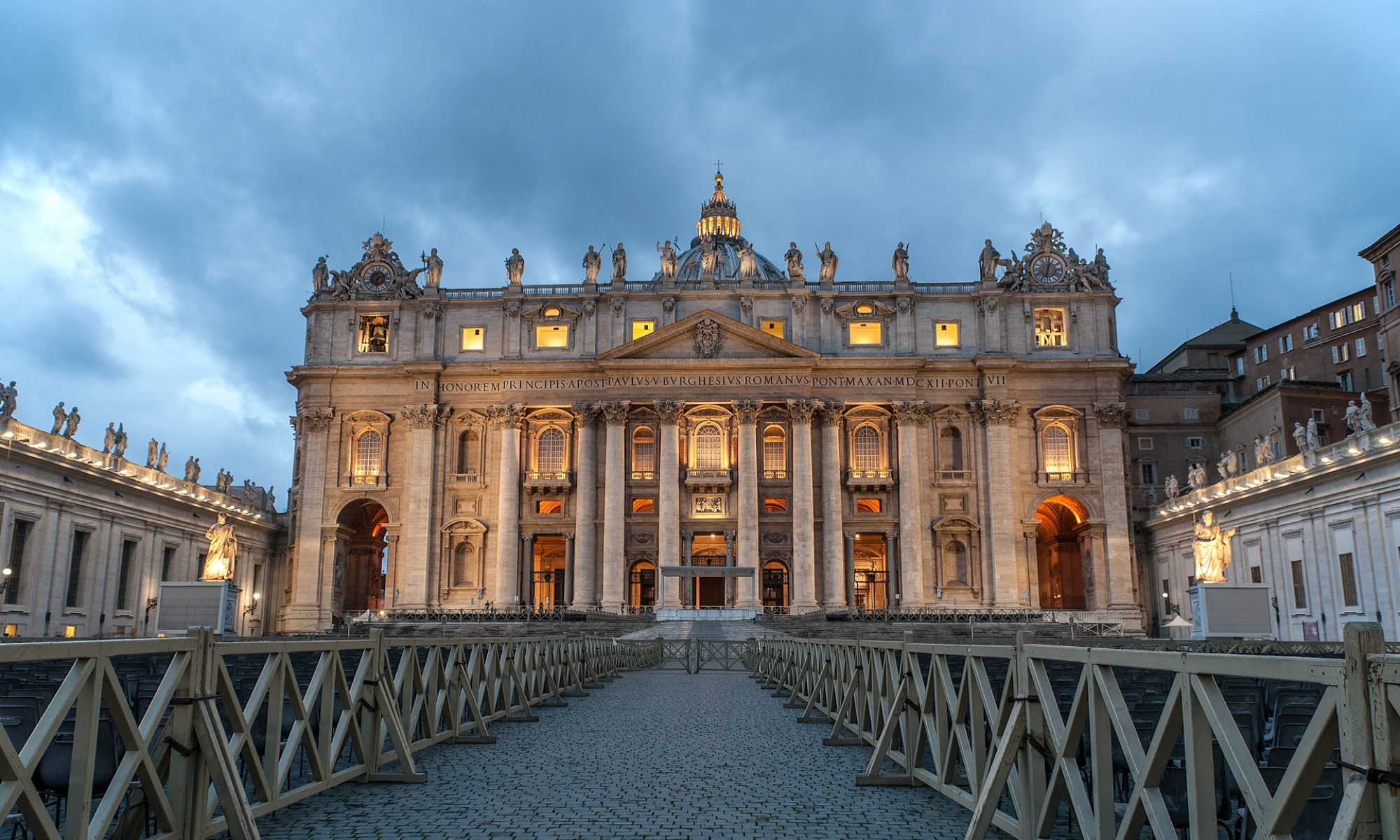Instrumentum Laboris are the Latin words for “working tool”. In the ecclesiastical language it is the document that will serve as the basis for discussion at the next Synod of Bishops that will take place at the Vatican (7-28 October 2012) on “The New Evangelization for the Transmission of the Christian Faith”. The eighty page text is the summary of responses received from Episcopal conferences, the Roman Curia and the Religious Orders to a set of questions asked in 2011 about the New Evangelization (NE). About 70% of the various departments of the Roman Catholic Church responded and their feedback was condensed in the Instrumentum Laboris.
This is not the official document of the Synod but a preparatory one. The final text will be the Post-Synodical Exhortation that the Pope will issue after the Synod. Nevertheless it gives the pulse of what is happening around the NE given the fact that NE will be perhaps the most defining feature of Roman Catholicism for the next decade.
1. Towards a Definition of the New Evangelization
The expression New Evangelization has been floating around since 1979 when John Paul II began to use it. Since then it has become a keyword in his pontificate as well as in Benedict XVI’s. With the Instrumentum Laboris it eventually reaches its technical definition: “Evangelization is the missio ad gentes (i.e. mission to the peoples) directed to those who do not know Christ. In a wider sense, it is used to describe ordinary pastoral work, while the phrase ‘new evangelization’ designates pastoral outreach to those who no longer practice the Christian faith” (n. 85). This will become the standard definition. As it appears, the Christian West is the primary object of the NE where the first evangelization occurred centuries if not millennia ago and where the RC Church has traditionally been strong and influential, but is now losing its grip. The NE is an attempt to call the masses of non-practicing, baptized Catholics back to the life of the Church.
2. An Increasing Concern …
Why is the NE necessary? The main reason is that the Christian world today is going through a “silent apostasy” (n. 69). The portrayed picture of the spiritual condition of the West is rather dark. The different components of the Church report “a weakening of faith in Christian communities, a diminished regard for the authority of the magisterium, an individualistic approach to belonging to the Church, a decline in religious practice and a disengagement in transmitting the faith to the new generation” (n. 48). In short, the modern world is characterized by the “de-Christianization of many ordinary people”.
As a result of this worrying trend, some are taking the path of secularization (i.e. practical agnosticism), others are trapped in the “spread of sects” (n. 13). The term “sect” is left undefined, so it is impossible to ascertain who they are. In another passage, there is a reference to new religious groups that exercise “emotional and psychological dominance”, promise “prosperity and success in life”, and use “aggressive, proselytizing methods” (n. 66). Clearly, some prosperity gospel movements are involved here, but a more careful description of what is meant by “sect” would be useful, due to the widespread and derogatory usage of the label to indicate various non-Catholic groups.
The bulk of the document is a rehearsal of various reasons (e.g. cultural, economic, sociological, religious, technological, etc.) for why the “de-Christianization” has taken place and therefore why the NE has become vital for the present and future of the Roman Catholic Church.
3. … But Little Self-Criticism
Much of the text suggests bits and pieces of analysis of “external” threats that make it urgent to invest in the NE and that the Synod will need to work out in a more organic way. The world (i.e. the West) is to blame for the “silent apostasy”. Secularization is the enemy. Sects are dangerous competitors. Therefore the overall response of the Church should be to do with greater enthusiasm, energy and zeal that which it has been doing thus far. The terms used are “new fervor”, “fresh enthusiasm”, “new incentive”, “rekindled energy”. The message is that the NE is what the Church has been doing for ages, only with more passion and conviction. This is the reason why every practice of the Church is involved in the NE: sacraments, catechesis, popular practices, Marian devotion, etc. The NE is the usual and the whole program of the RC Church which is now being done with more intensity.
What is striking is the near absence of a self-critical reading of the situation, as if the “de-Christianization” of the West just happened out of the blue, without the Church having any responsibility in the matter. There is no ecclesiological self-questioning (e.g. is there a problem in our vision of the church?), nor theological interrogation (e.g. is secularization also the reflection of our own failures?), nor moral self-analysis (e.g. do the recent scandals and failures have a role in the apostasy of many?). There is instead a thoroughgoing self-affirming attitude. To be honest, there is only one line in the text where the Instrumentum Laboris says that some RC circles ask whether “the lack of effects in evangelization today is the result of ecclesial and spiritual factors” (n. 39). Exactly which factors are not mentioned and the request is not developed further. Later there is a passing comment concerning the fact that some lament “the excessive bureaucratic character of ecclesiastical structures” and “the excessively formal character of liturgical celebrations” (n. 69). Full stop. One line out of eighty pages.
The hope is that the Synod will be more self-critical. Today’s “de-Christianization” has much more complex reasons than the sociological ones and Christians of any sort, instead of pointing the finger first, should repent before God for all their sins and be open to change according to the Word of God. This will be the beginning of the New Evangelization.
Leonardo De Chirico
leonardo.dechirico@ifeditalia.org
Rome, 27th June 2012
